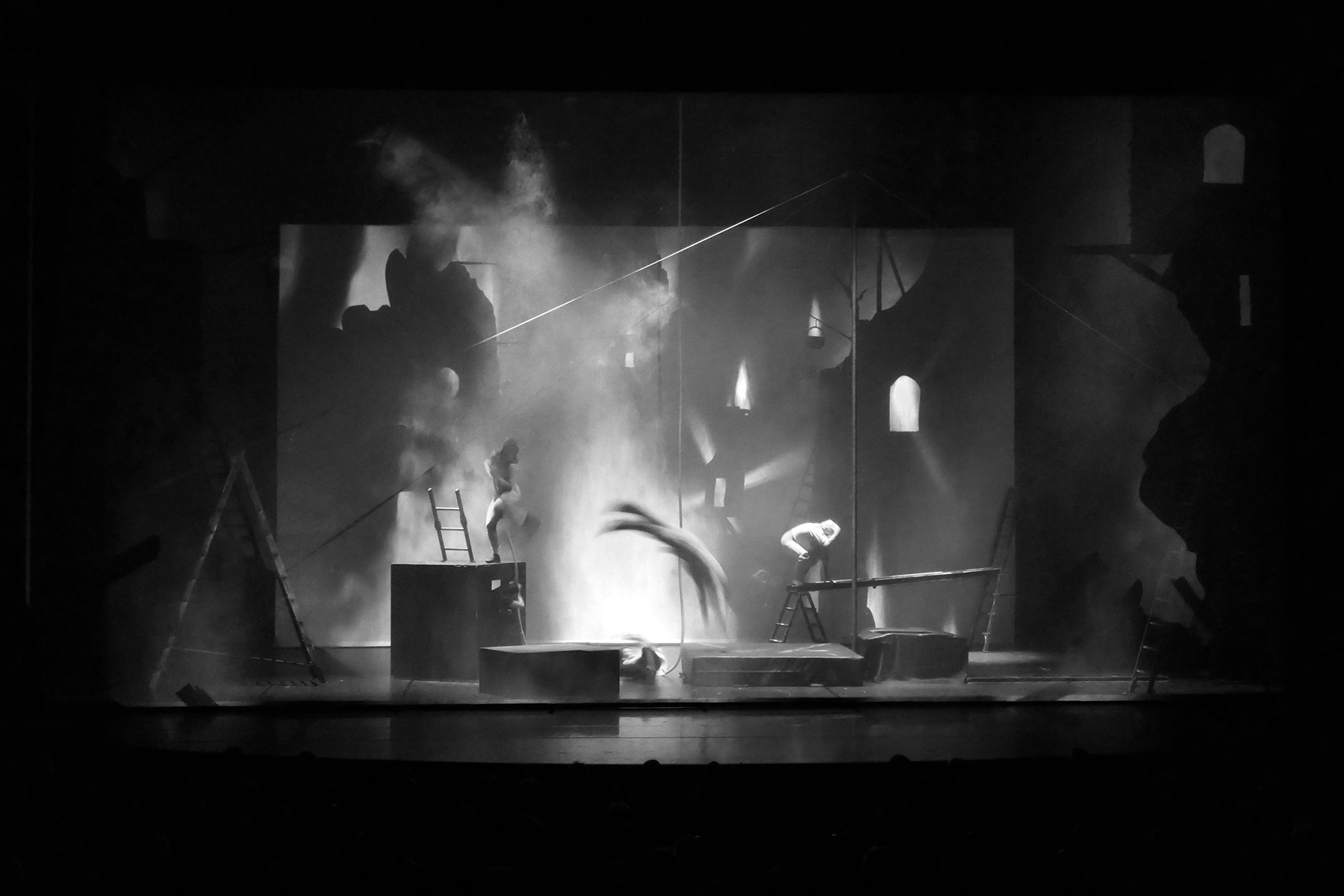Were it not for the ‘Rona, I would be in Montreal right now. Just as I did last year, I would be photographing for TOHU, a circus organization and a “place for dissemination, creation, experimentation and convergence of culture, environment and community involvement.”
I would be learning about new approaches to community circus, new ways of international cooperation between different companies and see new tricks, marveling at the creativity of the performers, as much as at the insane strength and flexibility of their bodies. I would roam the streets together with the various street performers, who appear at various alleys and corners during the summer circus arts festival. I would attend performances in halls that, last year, had me dumbfounded. Here is what I wrote about it then with lots of photographs.


Instead, the festival is canceled, the search for new talent is moved on-line, and one of Montreal’s biggest companies, Cirque de Soleil, has let 3.500 artists permanently go and is filing for bankruptcy. My moping over lost travel and amusement is a trifle, in comparison.
I was not just reminded of circus because of the calendar date, or the news about Cirque, but because I had been thinking about how silence, the main focus of the blog this week, is related to art. Really the only performance art that is silent is circus, and perhaps its offspring, the early silent movies, Charlie Chaplin and his ilk with their physical performances in particular.


When you think about “high” art, literature, theatre, opera, it is tied to language, concepts, historical antecedents. In some, comparable ways, so is classical music and the ballet associated with it, with its rigid prescriptions and overall lack of improvisation. When you think about popular art, you will soon find that its products are designed for profit as well as for entertainment as escapism and distraction.
Or so we learn when we go back to texts written almost 80 years ago by Adorno and Horkheimer in their book The Dialectic of Enlightenment. I’m not going into their politics today, or their explanations how the culture industry eradicates independent thinking and criticism, so we don’t question the reigning order, and how popular entertainment distracts us from our powerlessness, shaping the way how we experience life. I will simply report on what the philosophers said about circus, since it rings particularly true.


They see circus as valuable because its artistry represents what is human, and refuses to be constantly compelled to deliver something of significance, or prove some effect. It refuses to be rational, functional, pragmatic, thus opening a space for individual reaction that is spontaneous and not tied to imposed ideas, providing room for original playfulness.
Circus artists frequently defy conventions and by doing so transcend the limits set by society. They seem to defy the laws of gravity as well, questioning the empirical basis of science. This, in general, is not based on political or intellectual engagement, but on the sheer thrill of overcoming boundaries. Circus gives itself over to sensuality and pleasure, independent of the existence of an external world. Both elements, the attempt to bend reality and the embrace of illusion are the value of circus, helping us to escape the alienation experienced in our daily lives, according to Adorno. (Ref.)
Absence of language, of course, also means international exchange is possible, there are no borders to understanding because there’s no need for translation. This becomes particularly clear when you look at all the countries that partake in this year’s online evaluation of new acts – they come from Africa, Asia, Australia, Europe, Palestine and NorthAmerica.


Here is a podcast with Ruth Wikler, programming director for TOHU (known to many in town previously as the founder of Boom Theatre,) that brings you up to date on the role circus plays these days in the arts.
And before I start to scream out my frustration of being stuck at home, I’ll better retreat into silence, maybe juggle my breakfast egg, or have Liszt on so loud that the music covers my screams, music chosen because it also tries to defy the laws of gravity, or speed, or something…..

Photographs from last year in Montreal.






Martha Ullman West
Marvelous photos, comme toujours, but I don’t entirely agree re ballet, which has a non-verbal vocabulary, music notwithstanding. Moreover, I know of two late twentieth century ballets that are performed in silence, Dennis Spaight’s Crayola, and Jerome Robbins’ Moves. I too grieve for the loss of Cirque du Soleil; indeed for all live performance, who knows when we’ll have it again.